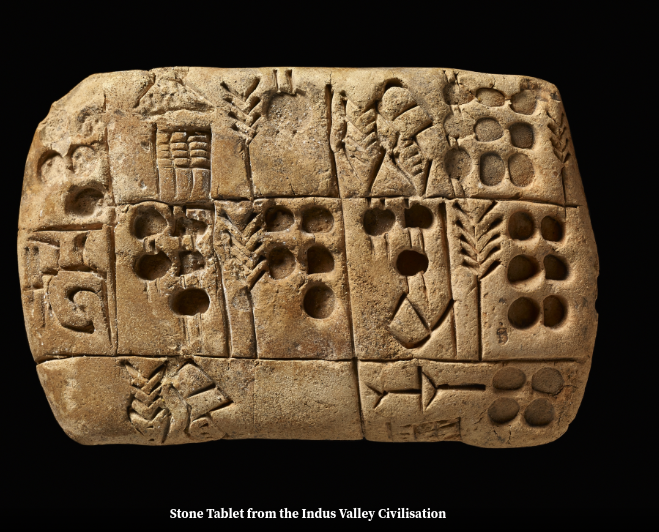Blogs

The Changing Essence of Indian Weaves
08 Jan 24
By Owner
Time : 485 days 21 hours 7 minutes 45 seconds ago

How does a masterpiece that’s been associated with richness and grandeur find relevance in the modern context? With a piece that presents the harmonious blend of both the elements.
How does a masterpiece that’s been associated with richness and grandeur find relevance in the modern context? With a piece that presents the harmonious blend of both the elements. Imagine, for example, a gown with the perfect medley of both the aesthetics. The melange of the history and tradition of the Indian heritage weaves with the neatness and structure of the modern silhouettes. This blend of Indian weaves with modern silhouettes makes the piece of clothing much suitable for the modern woman, giving the age-old a definite space in today’s wardrobe.
The Indian textile is finding its way back to our closet with silhouettes that are not necessarily Indian. With the consumers getting inclined towards a simpler flair, the designers are bringing more contemporary versions of the traditional Indian weaves into play. Silhouettes play an integral part in the play of contemporizing the traditional fabrics or weaves. As the final outcome is getting toned down with simpler cuts and unencumbered outlooks, the craftsmanship becomes the focal point in the ensemble.
The recent showcase of Vaishali Shadangule’s ‘Shwas’ at the Paris couture week was an ode to Indian fashion and mastery. Her inclination towards her roots was well evident in her 25 ensemble collection. The quintessential collection brought together various indigenous weaves of India. Merino wools of Maheshwar, Khun of Karnataka, and other traditional weaves from West Bengal were used to craft the cord-like texture prevalent in the collection. What was interesting to note however is the very transformation of the aesthetics. The silhouettes presented in the collection displayed a post-modern approach whereas the very foundation of the ensembles tells the tale of Indian heritage. The designer presented a harmonious blend of Indian weaves with modern innovative techniques.
The ace designer, Vaishali Shadangule lent a global design language to the handwoven Indian textiles. Her love for Chanderi comes alive in the three-dimensional silhouettes showcased at the Paris Couture week. This blend of Indian heritage with modern aesthetics brings an air of freshness to the Indian handloom industry. Making the richness of our cultural heritage more relevant for today’s youth, the medley of craftsmanship, heritage weaves and natural material in the aforementioned case makes it the paragon of fusion.
As the Indian youth is looking towards the modern iterations of the heritage, the Indian traditional fashion is shedding its identity and reconstructing itself to become the armor of the modern woman. Consumers are aspiring for modern trends while being rooted in their own heritage. What will be interesting to note in the upcoming time is how the melange of Indian traditional handiwork with the western silhouettes will shape the course of clothing for the Indian fashion industry
By Ankita Chakraborty





